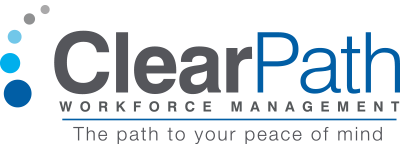The gig economy is growing, and so is the number of talented workers that present themselves to be independent contractors. There have been various efforts to size the freelance workforce in the U.S. It’s a difficult estimate for a wide variety of reasons – not least of which is that many non-U.S.-located freelancers are regularly doing work for U.S. companies on a remote basis. However, despite the difficulty of precise measurement, there is one indisputable fact: freelancing is large and growing. Gallup’s research findings were substantially similar to the Upwork report, Freelancing in America 2018, finding that:1
“29% of U.S. workers have an alternative work arrangement as their primary job — including one in four full-time workers (24%) and half of part-time workers (49%). Further, when we include workers who have any connection with gig work — including those who work multiple jobs — that proportion is 36%. This means that more than one in three workers today have some type of job in the gig economy.”1
Workers are opting for the gig model, primarily because of more flexible working conditions. There are many factors influencing the growth of the gig economy. Companies are turning to freelancers to do jobs that are not directly related to their industry in a cost-effective way. A growing number of online platforms offer excellent opportunities, and with a decreasing need for an in-person presence in the workplace, it’s easier than ever to work for multiple employers simultaneously.
The New Normal
What was once considered a non-traditional employment model has now become mainstream as the new normal. With this type of gig model growth, companies need to be prudent when engaging independent contractors. If you’ve missed all the media attention on California AB-5, you’re not alone. Some companies are just finding out that federal and state legislation is cracking down on worker misclassification.
AB-5 Changing Business Owners Risks
A new California labor law, Assembly Bill 5, AB-5, went into effect on January 1, 2020. It is already changing how businesses treat workers and increasing the business owners’ risk of continuing to engage independent contractors. AB-5 is a state statute that codifies into law a landmark Supreme Court of California case, Dynamex Operations West, Inc. v. Superior Court. In that case, the court held that most workers are employees, ought to be classified as such, and the burden of proof for classifying individuals as independent contractors belongs to the hiring entity. AB-5 stipulates that the ABC test will be used to determine whether California workers are employees or independent contractors (ICs). AB-5 entitles workers classified as employees to greater labor protections, such as minimum wage laws, sick leave, and unemployment and workers’ compensation benefits, which do not apply to independent contractors. The new law applies to all California workers, except for those in several job categories who were specifically exempted from the strict worker classification. Other states are following California’s lead and proposing similar legislation.
What is a company to do if they are already using IC workers and the IC worker insists on being paid 1099 and will not consider W-2? Just because a worker insists to be paid on a 1099 basis doesn’t automatically mean they qualify to be paid as such. Your organization will need to determine the level of risk you are willing to accept. If your organization is audited by the IRS, NLRB, DOL, EEOC or any of the state auditing agencies, your company could be responsible for misclassified workers and could face fines and penalties, including back-tax assessments. The penalties charged by California’s Employment Development Department (EDD) alone are substantial. Their published penalty is 142.3% of every dollar paid to an IC that is deemed to be a misclassified worker. This means, if you pay the worker $1,000, then your organization would owe the state $1,423. That is just for one state agency. California has an active Memorandum of Understanding to share this misclassified information with the IRS and possibly other agencies.
A worker insisting on being paid on a 1099 basis does not provide a defense and doesn’t protect your organization from an audit. My suggestion is to let the worker know that you are going to use a professional outsourcing company, such as ClearPath, to vet the worker to see if they would qualify for IC status. Then, if they don’t qualify, we would recommend you pay them on a W-2 basis. In the long run, this will protect your organization from worker misclassification risk. I know it’s a difficult decision that could possibly disrupt your workforce. ClearPath offers a confidential Potential Exposure and Risk (PEAR) Analysis to help you assess your business risk for the potential cost for non-compliant 1099s, which includes back-tax assessments, fines, and penalties. We estimate these costs in our report for your organization. To request a PEAR analysis, sign up here.
ClearPath Workforce Management risk mitigation services bridge the gap where fear of risk may prevent the engagement of top talent. We’ll also explain how ClearIC™ can automate and simplify the Independent Contractor evaluation process while mitigating your risk.
Sources:
- Written by: Connie Wendt
- Posted on: March 16, 2020
- Tags: EMPLOYER OF RECORD SERVICE, ENGAGING W-2 WORKERS, FORM I-9, FREELANCER, INDEPENDENT CONTRACTOR COMPLIANCE, TEMPORARY WORKER, W-2 Worker Classification, Workforce Classification

